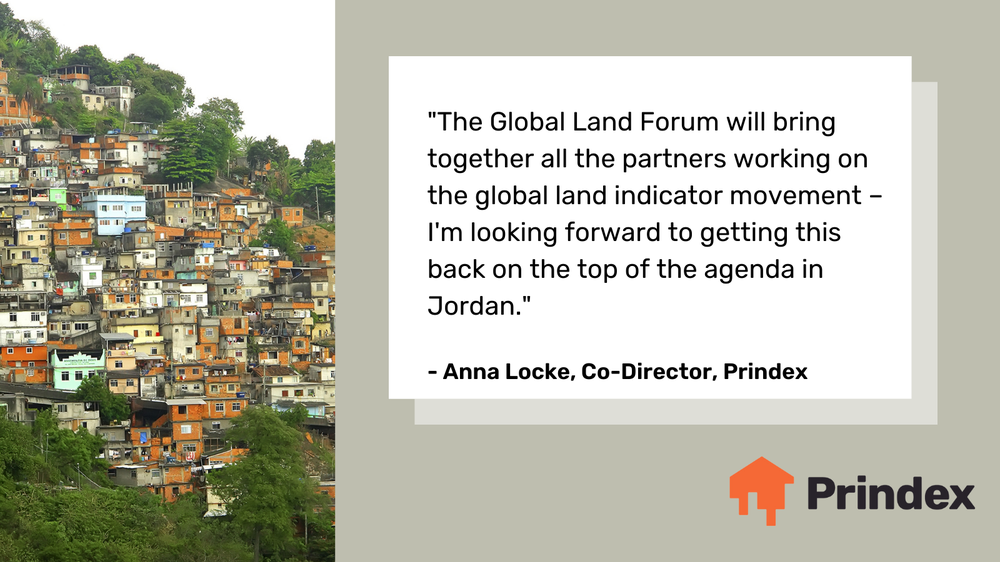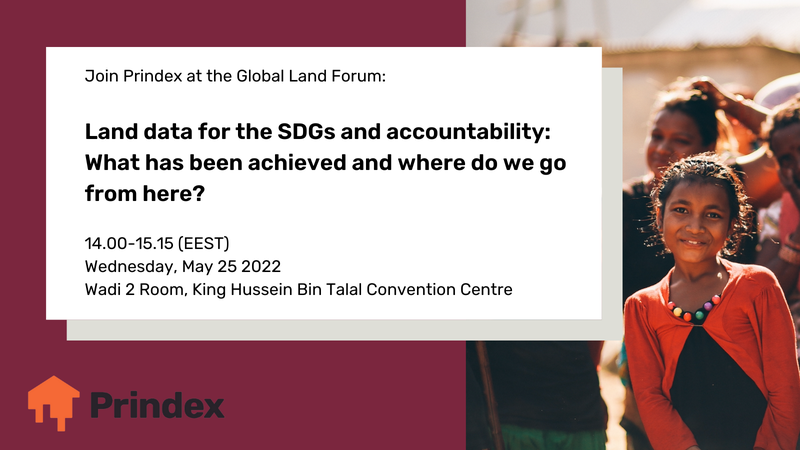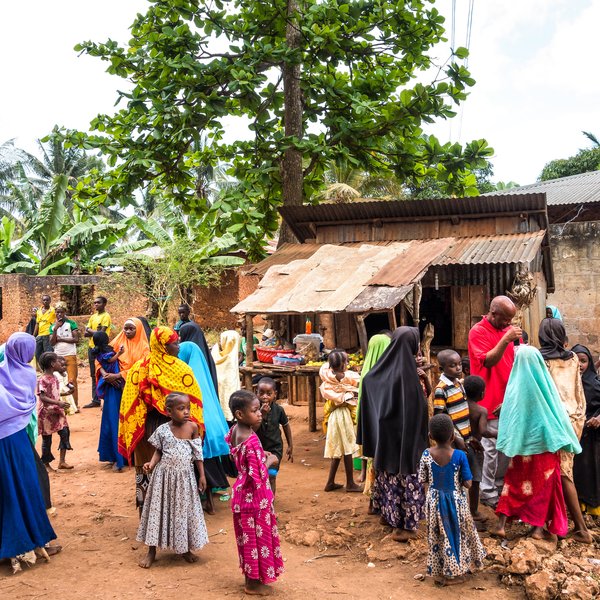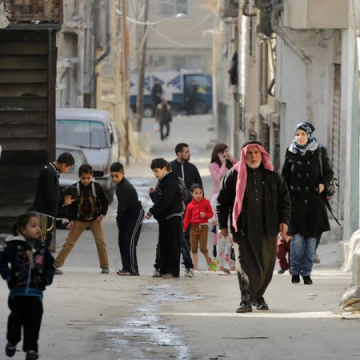Join Prindex's event at the Global Land Forum, read thoughts from Prindex Co-Directors Anna Locke and Malcolm Childress on what they hope the Forum will achieve, and explore our work around the event's key themes.

Credit: Sharon Christina Rorvik / Unsplash
What is the future of land indicators? The Global Land Forum aims to find out
Prindex Co-Directors Anna Locke and Malcolm Childress on the global context of the Forum, and what it can, and must, achieve
As activists, researchers, governments and international organisations gather for the 2022 Global Land Forum (GLF), we will all be looking to the future of land indicators: how can they be leveraged to achieve the Voluntary Guidelines on the Responsible Governance of Tenure (VGGTs), the Sustainable Development Goals (SDGs) and hold governments accountable for good land governance?
Land indicators: the context leading up to the 2022 Global Land Forum
Exactly ten years ago, governments of the world came together to voluntarily agree to a new soft-law instrument for promoting secure, inclusive and environmentally sustainable land governance: the Voluntary Guidelines for the Governance of Land, Forests and Fisheries in Context of National Food Security (the “VGGT”). But these guidelines came with no enforcement or monitoring mechanisms. Recognising the importance of comparable indicators of land governance, UN organisations supported the Global Land Indicator Initiative (GLII) which succeeded in including a small set of land indicators in the SDG indicator framework in 2015, to measure “the proportion of total adult population with secure tenure rights to land, with legally recognised documentation, and who perceive their rights to land as secure”.
Since 2015, however, progress on land indicators to monitor the state of tenure security, access to land, women’s rights and environmental sustainability of land use has been mixed. While several initiatives have pushed forward to provide data on key indicators, governments have been slow to take them up. Although many governments are pursuing land policy reform agendas of some form, holding them accountable for significant progress is difficult. Local activists lack the data they need to support their advocacy and mobilisation with clear understanding of trends and targets.
The pandemic has further set back efforts to improve land governance in accordance with the VGGTs and SDGs. Now the post-pandemic call to build back better in a world experiencing persistent poverty, inequality and discrimination, increasing human rights violations, shortages of food and water, violent conflict and ecological crisis creates new urgency to consolidate lessons learned in the last decade and set an aggressive course for improved land governance in the next one.
Using land indicators to achieve the SDGs
Under the banner of exploring pathways to climate solutions, the GLF is highlighting the need for progress on SDGs to happen – and to happen fast. People-centred land indicators are a core element of this effort, prioritising ordinary people in the production and use of indicators, rather than focusing purely on governments’ statistical apparatus. Communities, social movements and activists should be the central users of land indicators to make sure governments - and individuals - are held accountable.
As the only current source of global data on perceived tenure security – key to SDG indicator 1.4.2 – Prindex will be in the thick of the debate about the status of global land indicators, reflecting on learnings from ongoing monitoring initiatives and collaborations over the last seven years. Together with the International Land Coalition, the Food and Agriculture Organization of the United Nations and GLII, we will be discussing how we can jointly harness our data, partnerships and commitment to increase collective momentum on global land indicators and improve land governance around the world to the benefit of ordinary citizens.

Join our event
Land data for the SDGs and accountability: What has been achieved and where do we go from here?
Join us for this session looking at the future of land indicators, and how they can be leveraged to achieve the SDGs and hold governments accountable. Panelists will present the status of key land indicators, learnings from ongoing monitoring initiatives and the potential of emerging collaborations. We will also look at how we increase uptake of these indicators, leverage diverse data for impact and elicit specific commitments from policy makers.
14.00-15.15 (EEST), Wednesday, May 25 2022
Wadi 2 Room, King Hussein Bin Talal Convention Centre
Add this event to your calendar

Explore our key reports
Prindex Global Comparative Report 2020
Explore our global dataset quantifying tenure security in 140 countries (available in English, Spanish and Russian).
Women's perceptions of tenure security: Evidence from 140 Countries
Read our report analysing tenure insecurity through a gender lens (available in English, Arabic and Spanish).
How can citizens’ perceptions of tenure security contribute to land governance reforms in the Arab region?
The Arab region is undergoing rapid change. This paper sets out how land perceptions data can help navigate a way through (available in English and Arabic).



